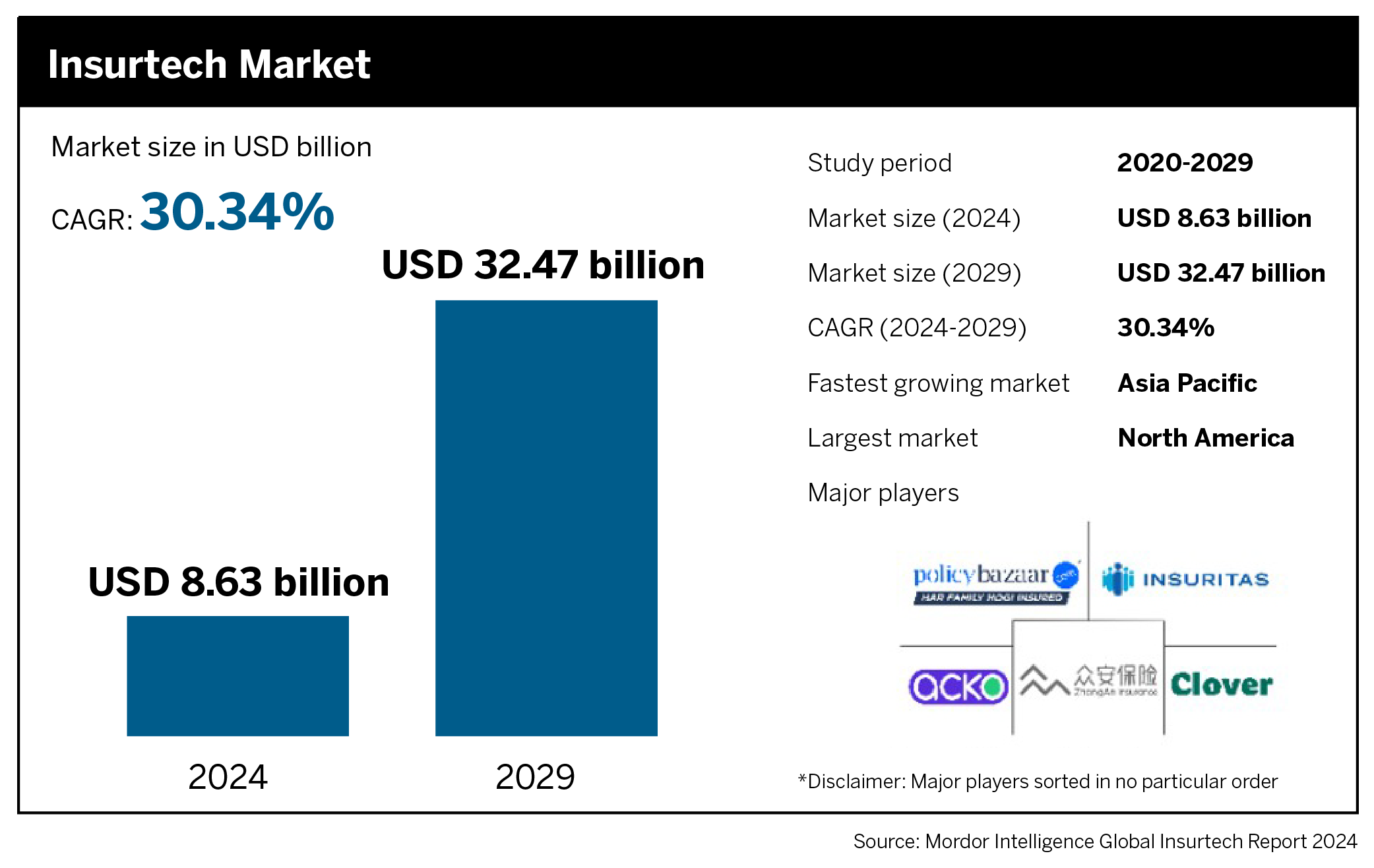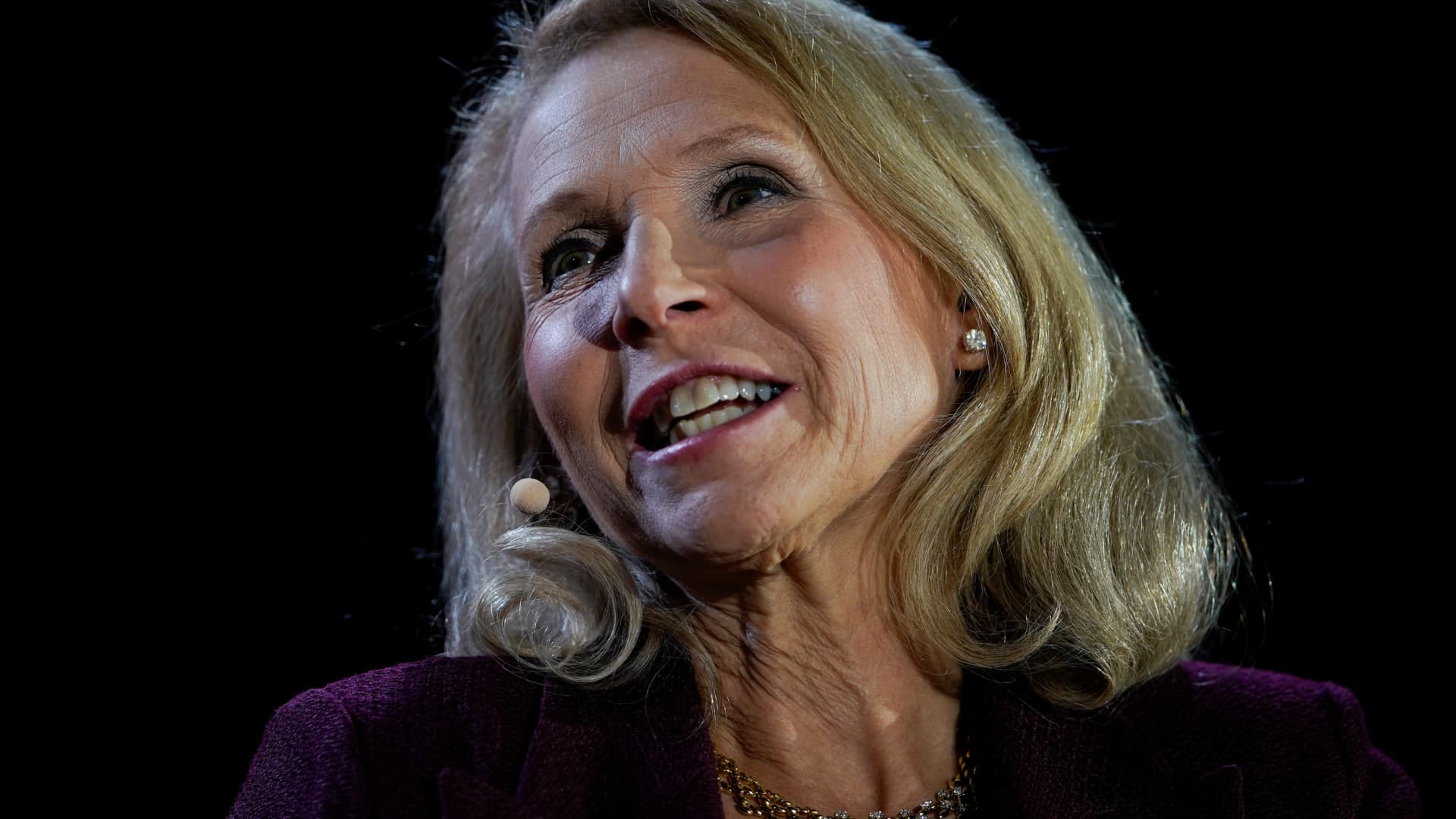
This post is part of a series sponsored by AgentSync.
Every now and then we report on an insurance story that coincides with current events. In the past, we have examined the underwriting implications of things like the Johnny Depp/Amber Herd case and the demise of cryptocurrency exchange FTX.
Unfortunately, the latest insurance claim to make headlines involves a much more serious event: the tragic cargo ship accident that collapsed the Francis Scott Key Bridge in Baltimore, killing six workers. This accident involved public infrastructure, the private sector and even international business interests from Denmark (ship charterer Maersk) to Singapore (ship owner Grace Ocean Pvt. Ltd and manager Synergy Marine Group). Not surprisingly, there were also many insurance policies.
Since the situation in property and casualty insurance remains precarious due to high loss rates from climate-related catastrophes, insurance carriers and reinsurers definitely did not want or need a “mass accident event” that could have been avoided. Unfortunately, accidents happen. And now the eyes of the world are on the key players in this story, including Baltimore, the state of Maryland, the ship owner, the ship charterer and the many insurance companies behind each entity.
Who is insured on the Francis Scott Key Bridge?
At this point (though we hardly expect this to be a comprehensive list), news outlets are reporting a variety of interest groups with insured interests in the bridge, the ship, the cargo and more.
These include:
The Maryland Transportation Authority (MDTA): This government organization is “responsible for the construction, management, operation and improvement of the state’s toll facilities and for financing new revenue-generating transportation projects.” Therefore, it makes sense that MDTA has $350 million in property insurance and has $150 million in liability insurance, which the agency has reportedly filed claims against.
The Dali cargo ship: The ship that crashed into Key Bridge was insured by Britannia P&I, the oldest and one of the largest property and casualty insurers (P&I) in the world. Insurance Business Magazine reported that the International Group of P&I Clubs (IGP&I), of which Brittania is a part, has more than $3 billion in total reinsurance coverage. Undoubtedly, many of the IGP&I member companies will be responsible for some of the damage, given their strong presence in the insurance and reinsurance of the marine markets.
Grace Ocean Pvt. Ltd and Synergy Marine Group: The ship owner and the management company are both based in Singapore and have extensive insurance policies for the ship. Together, these companies filed a motion in U.S. District Court to limit their liability (and therefore the payment obligation of their insurance companies) based on the Limitation of Liability Act of 1851. It remains to be seen whether a judge will grant this request on claims by the ship’s owner and manager that there was no fault or negligence in the accident.
In addition to these policyholders, we can assume that policyholders will also include the families of the workers killed in the accident, as well as the many companies that are now suffering financial losses due to the closure of the port itself or the resulting supply chain disruptions.
The impact of the Key Bridge collapse on the larger insurance industry
While experts and analysts predict that insurance losses from the Key Bridge collapse could become the largest maritime loss in history, no one is yet predicting that there will be gloom across the industry. Thanks to a diverse and well-funded network of insurance carriers and reinsurers, the potential $4 billion loss will be “spread across the entire global reinsurance market,” according to John Miklus, president of the American Institute of Marine Underwriters, as reported by CNN.
Because of the way the system is designed, the insurance industry is prepared to absorb even such a large loss. Bruce Carnegie-Brown, chairman of Lloyd’s of London, told CNBC that the size of insurance payouts resulting from the Key Bridge collapse may be “the largest insured shipping loss ever, but not outside the parameters we have planned.” . That’s good news for an industry already facing ongoing catastrophic losses from wildfires, floods and hurricanes, among other common natural disasters.
To learn more about how insurers stay solvent and the role of reinsurance, read this article on our blog.
The Key Bridge collapse in Baltimore impacts many types of insurance policies
When we think about an event as significant as the Key Bridge collapse, which shuts down an entire seaport, the insurance claims go far beyond the property (the bridge, the ship and its cargo). From liability insurance to life insurance, directors and officers to business interruption, these are the most likely types of insurance policies to pay Key Bridge collapse claims.
Property insurance: Whether it’s the ship, the bridge, cars that fell into the water when the bridge collapsed, or other types of property that were damaged in the accident, property insurance claims help property owners with the cost of repairs or the replacement of their physical property.
Marine liability insurance: Unlike property insurance, liability insurance (also called accident insurance) is responsible for paying claims for damages that go beyond damaged property. The Key Bridge collision and collapse left two people dead, four others presumed dead and two people survived with minor injuries – although the emotional toll the traumatic incident has taken on them and their future ability to work continues remains to be seen.
Claims are being made in the liability insurance policies of everyone involved, from the companies doing work on the bridge at the time of the crash, to the ship’s owners and management, to the Port of Baltimore itself. Once investigations reveal which companies were legally at fault, we will have a clearer picture of which policies must pay out and how much.
Life and Accidental Death and Dismemberment (AD&D) insurance.: If the workers killed in the Key Bridge collision were employed and not under contract, their employer may have provided them with life and AD&D insurance. If this is the case, employee beneficiaries would receive a death benefit along with an additional benefit based on the accidental cause of their death. No amount of money can bring back a loved one, but this type of death benefit can ease the burden of funeral and other costs.
Cargo insurance: Cargo insurance specifically covers the value of the cargo that a ship was carrying at the time of the accident. If the cargo were somehow undamaged, its owners would not have to file a claim. When the Key Bridge collapsed, the Dali was carrying around 4,700 shipping containers – only half of its total capacity. Although the Dali’s cargo was not full, it consisted of a variety of items, including hazardous materials, some of which entered the port of Baltimore, according to the National Transportation Safety Board. The owners of the cargo will likely need to file extensive cargo insurance claims to cover the cost of their materials and potentially extensive cleanup.
Directors & Officers (D&O) insurance: This type of policy protects directors and officers of companies from legal costs and settlements incurred in the course of their business operations. While D&O claims have not been reported in the news to date, they could emerge if it becomes known that someone in a leadership position with the ship owner or ship management company made a mistake or acted negligently that contributed to the accident.
Trade credit insurance: Because the Port of Baltimore is the nation’s primary location (by volume) for importing and exporting vehicles, there will be many businesses (e.g., car dealerships) that will be unable to sell vehicles while the port remains closed or in Operation is limited capacity. Without products to sell, these companies may struggle to pay their own bills. This is where trade credit insurance comes into play. This type of policy helps businesses stay afloat if their own commercial customers’ ability to pay is suddenly interrupted. Companies further down the supply chain may be able to settle claims through their trade credit insurance policies if their customers are unable to pay their bills due to the sudden ban on imports through Baltimore.
Business interruption insurance: Many businesses rely directly on the Port of Baltimore’s daily operations. With the port closed due to the collapsed bridge, companies that are unable to operate or whose operations are limited due to the closed port may be able to file claims with their own business interruption policies to recover from financial losses.
Any business interruption insurance: The impact of a business interruption extends far beyond the impact of business interruption, which not only affects companies that have to suspend or cease operations due to an unforeseen event. If a company’s operations are interrupted because it is unable to obtain the supplies needed for its own manufacturing process, for example because they do not arrive through the port of entry, the company may be able to rely on its business interruption insurance to help.
The world depends on insurance. Insurance depends on infrastructure.
The collapse of the Francis Scott Key Bridge in Baltimore is a stark reminder of how interconnected the global economy is. It’s also a reminder of the importance of insurance coverage when something goes tragically and catastrophically wrong.
Without the help of insurance, the recovery process would be even longer, more expensive and, quite frankly, crippling to the industry for those who directly and indirectly feel the effects of the bridge collapse. Fortunately for everyone involved, the global network of insurance carriers and reinsurers should be able to meet their obligations even in the face of this extremely large and expensive disaster.
Anyone working in the insurance industry today should be reminded of the critical role you play in keeping the world moving. At AgentSync, we are proud to serve the industry as a key piece of the technology infrastructure that enables insurance carriers, agencies, MGAs, MGUs and everyone in between to do their jobs and ultimately serve the insureds who depend on them.
Source link
2024-05-21 04:30:20
www.insurancejournal.com












